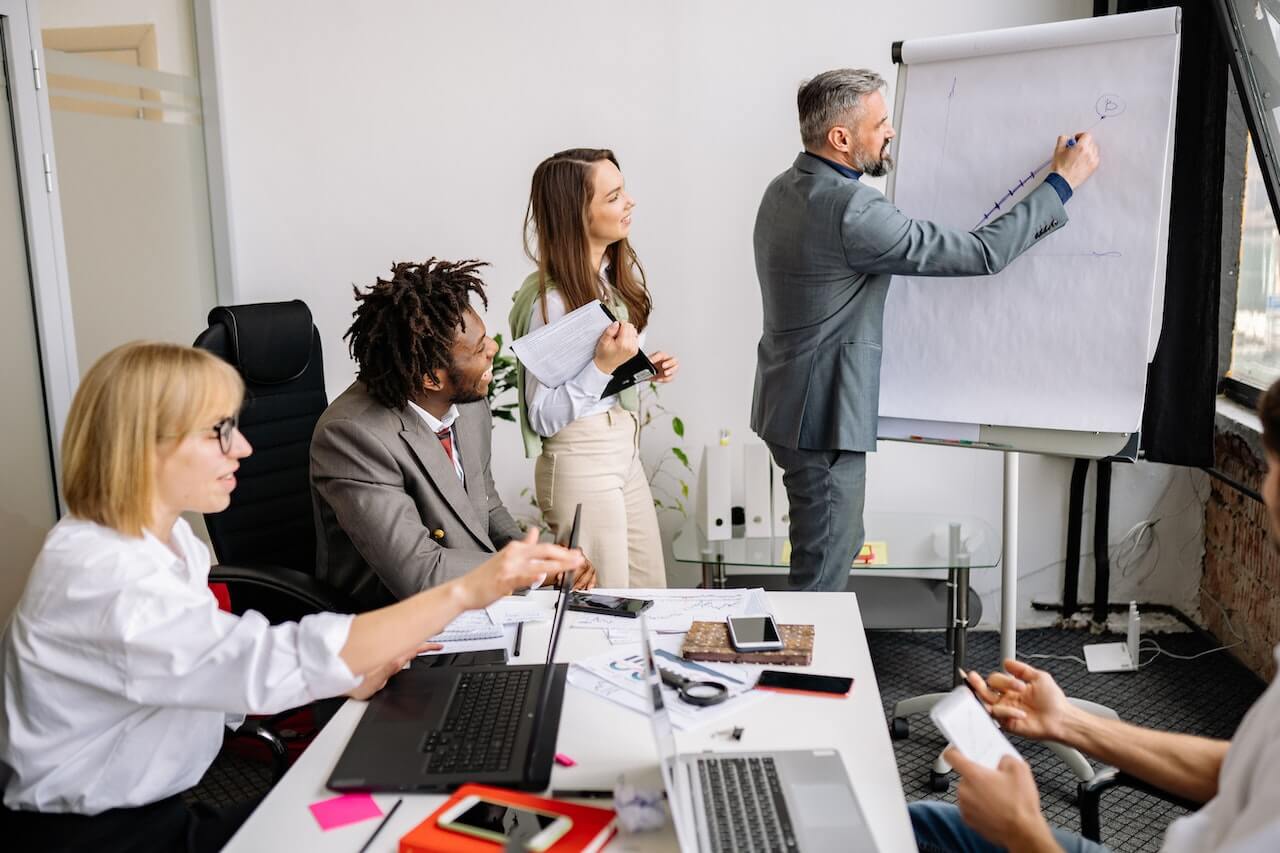Sections of This Topic Include
Also, consider
Related Library Topics
Learn More in the Library’s Blogs Related to Discussion Groups
In addition to the articles on this current page, also see the following blogs that have posts related to Discussion Groups. Scan down the blog’s page to see various posts. Also, see the section “Recent Blog Posts” in the sidebar of the blog or click on “Next” near the bottom of a post in the blog. The blog also links to numerous free related resources.
Guidelines to Conduct Discussion Groups
Note that the reader might best be served to first read the topic Group Dynamics to understand the basic nature of most groups and their typical stages of development. (It’s not clear at this time if online groups have similar nature and stages.)
Typical Purpose of a Discussion Group
The purpose of the discussion technique is to ensure interaction among group members to identify, clarify, analyze, and/or select an item, for example, about:
- Issues
- Recommendations
- Objectives
- Responsibilities
- Timelines
Process for a Discussion Group
The process of the discussion technique typically includes the following steps.
- Specify the discussion topic and the goal for the planning group (if possible, do this step as pre-work before the next meeting). The goal is usually to identify, clarify, analyze, and/or select an item.
- It is often best if the topic is described in the form of a “yes/no” question or a choice from among alternatives, for example, “Should we approve ___?” or “Should we hire ____?”.
- Specify when the discussion is to start and stop.
- Allow for open, unassigned exchange of information, for example, questions, suggestions, or general comments until it is time to stop the discussion. Give the group a 2-minute warning when time is almost up.
- Facilitate to focus of the discussion around the topic.
- Attempt to capture key points on a flipchart.
Optional:
- Attempt to summarize the discussion by identifying conclusions or decisions from the discussion.
- The group can make selections from the results using voting (ranking or rating) and/or consensus techniques.
Important Skills for Facilitation of Discussion Groups
The quality of the discussion group can be enhanced significantly if guided by a skilled facilitator.
All About Facilitation
Also, sound skills in meeting management ensure a clear and consistent purpose and framework in which to work toward that purpose.
Guidelines for Conducting Effective Meetings
Various Perspectives on Discussion Groups
For the Category of Facilitation and Teams:
To round out your knowledge of this Library topic, you may want to review some related topics, available from the link below. Each of the related topics includes free, online resources.
Also, scan the Recommended Books listed below. They have been selected for their relevance and highly practical nature.
 Sections of this topic
Sections of this topic
















